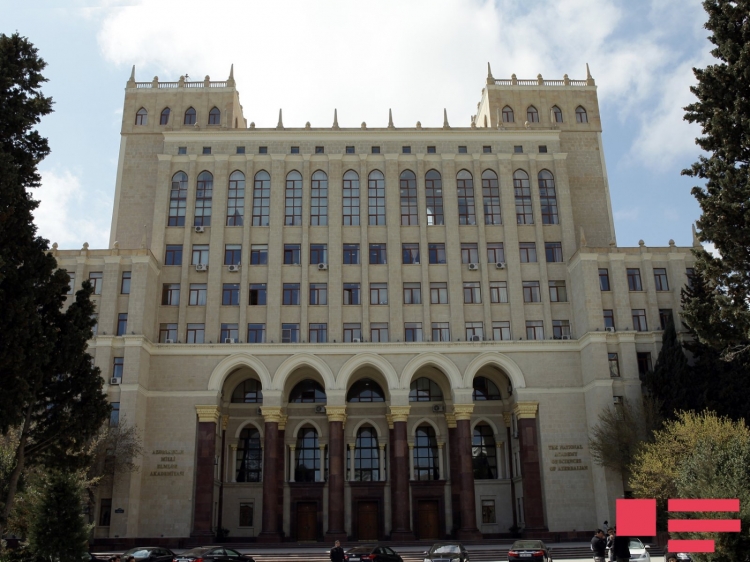Digging up history: new findings revealed

By Amina Nazarli
The Archaeology and Ethnography Institute operating under the Azerbaijani National Academy of Sciences (ANAS) carried out several valuable archaeological excavations in the country’s regions during 2015.
Al large-scale excavations were carried out in Gabala, Guba, Khachmaz, Shabran, Gakh, Sheki, Agjabedi, Agdam, Gazakh, Shamkir, Sharur, Babek, Ordubad, Barda, Gadabay, Dashkasan, Lerik, Kangarli, Ismayillli, Gobustan, and Tartar regions, which brought invaluable contribution in a study of the national history.
Last summer the expedition headed by Doctor of Philosophy in
History Najaf Museyibli conducted the excavations in the Galayeri
settlement of the 4th millennium BC related to the Chalcolithic
period in Gabala.
Galayeri is one of the monuments of Leylatepe archeological culture
in Azerbaijan, which was also closely bounded up with the early
civilizations of the Near East.
The excavations held in the Galayeri revealed that the Leylatepe
culture has spread over a wide area. Moreover, the expedition
proved that the roots of the Leylatepe culture were closely bounded
up with Eastern Anatolia cultures, alongside Mesopotamia.
The architectural findings including ceramics, instruments made
from stone, bones and metal are similar with the monuments of the
Chalcolithic period Eastern Anatolia.
The expedition conducted by Doctor of Philosophy in History Mansur Mansurov in the Khorgaya Paleolithic cave of the Gakh region’s Lakit-Kotuklu village revealed stone and bone tolls used by ancient people.
The artifacts found in this unexplored Paleolithic cave proved existence of Acheulean culture, an archaeological industry of stone tool manufacture associated with early humans in Azerbaijan and South Caucasus.
An expedition group held by Doctor of Philosophy in History
Bakhtiyar Jalilov in the Dashkasan region’s Zeylik village
discovered some interesting grave monuments dating back to the
Bronze and Early Iron Age or the 2nd-3rd millennium BC.
The big grave found in this territory has been unknown for the
national archeologists so far. The unique grave’s walls and top
cover consisted of large rocks.
During another expedition conducted by Doctor of Philosophy in History Goshgar Goshgarli in the Ismayilli, the archeologists discovered more than 30 new archaeological sites, which have been unknown so far. The scientists assess the mounds, settlements and the cemeteries found here as very valuable sources for the history.
--
Amina Nazarli is AzerNews’ staff journalist, follow her on
Twitter: @amina_nazarli
Follow us on Twitter @AzerNewsAz
Here we are to serve you with news right now. It does not cost much, but worth your attention.
Choose to support open, independent, quality journalism and subscribe on a monthly basis.
By subscribing to our online newspaper, you can have full digital access to all news, analysis, and much more.
You can also follow AzerNEWS on Twitter @AzerNewsAz or Facebook @AzerNewsNewspaper
Thank you!
